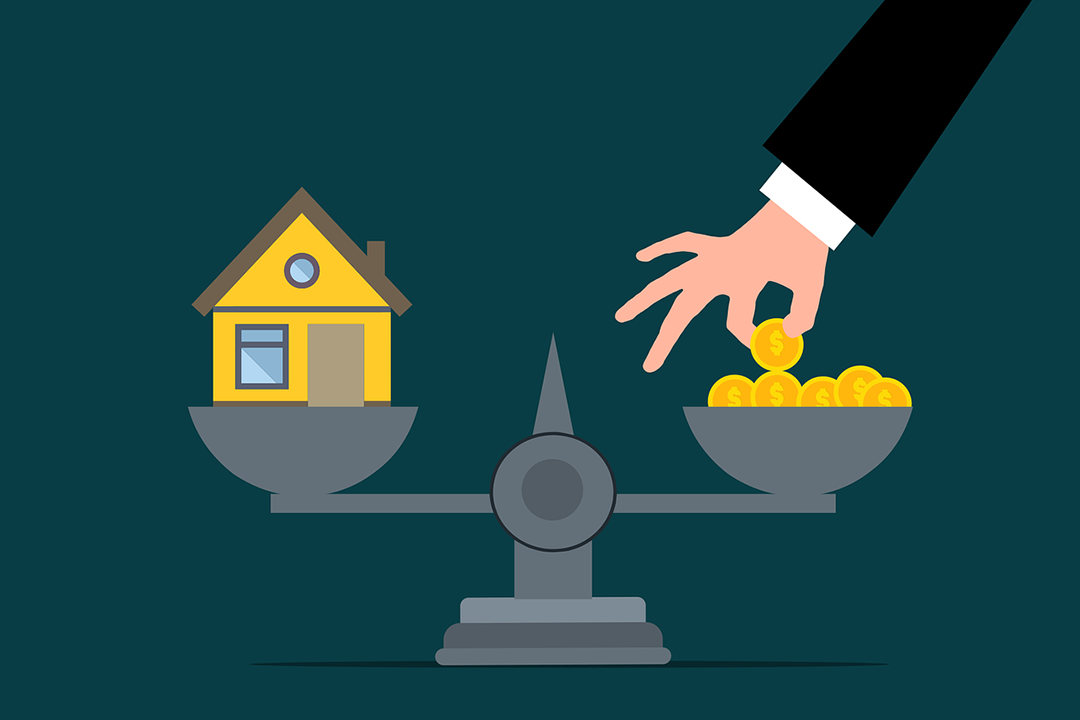

The notes or minutes taken at the Reserve Bank board meeting that shocked the nations’ economists and millions of Australians with a home loan indicate that the country’s interest rate deciders might not cut in August! Ultimately, the decision to cut will depend on the run of economic data, especially what’s revealed on July 30.
On that day we’ll see the June quarter Consumer Price Index. If underlying inflation isn’t close to 3.5% (i.e., the middle of the RBA’s targeted band of 3-4%), then the waiting game for another cut to the cash rate will continue. Yep, an August rate cut isn’t a done deal, despite 32 out of 36 of the country’s top economists thinking a July rate reduction of 0.25% was a certainty. Some even were tipping a 0.5% cut as an outside chance.
For the record, a quarter percent cut delivers about a $106 saving a month for borrowers on a $660,000 mortgage.
I’m going to spare the insults about the RBA’s track record being slow to cut rates in the past. I want to focus on what was in the board meeting minutes released yesterday that’s making some commentators nervous that we can’t be confident we’ll see the cash rate dropping from 3.85% to 3.6% on August 9, when the board meets again.
These are the key takeaways from those minutes:
All this news has seen financial markets reduce their expectation of a rate cut from near 90% to 50%, with the Board now seen as a bunch of nervous Nellies. To put all this in context, let’s look at the good reasons for this Board to play a too careful game for those suffering under their big mortgages that were driven by too low rates created by the RBA in the first place. In turn, this created the crazy explosion of house prices helped by the central bank’s misguided rate-setting policies and its predictions about high rates would go in the Covid period.
Here's why the RBA could stall on rate cuts:
While they’ll never say this, economists know that central banks don’t get committed to rate cuts until people start losing jobs and headlines in the media start spooking those employed about spending.
That’s when inflation really falls. And that’s when the RBA would be happy to cut.
So, what we’re seeing is a monumental battle between economists at the RBA, who influence Board members, and the army of banking, industry, corporate and academic economists who think the Aussie economy is on the slide and rate cuts are needed. While this group has been arguing we should see three more cuts this year, economics is a guessing game played with sophisticated economic models, but not all models are the same. They have different numbers and different assumptions, and it leads to different forecasts or guesses on our economic future.
It also leads to some pretty furious arguments when economists get together but few at the RBA unleash their disagreement publicly.
For those sweating on a rate cut in August, the rise in the unemployment rate from 4.1% to 4.3% could be a plus to influence the RBA to cut next month. But the killer statistic will be the CPI on July 30.
If the underlying rate of inflation isn’t 4.5% or lower, these RBA scaredy cats could stay on hold yet again.